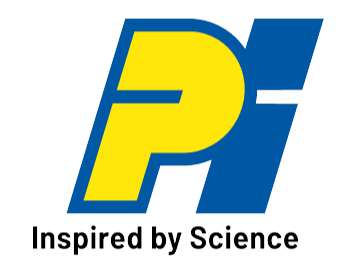Double Materiality
Double Materiality at PI
Mapping What Matters. To Business and the World.
At PI, the material issues that guide our ESG strategy are assessed through a double materiality lens, capturing both our impact on the world and the world’s influence on our business. This ensures a balanced understanding of financial materiality and environmental and social responsibility.
15 Material Topics Identified
6-Step Double Materiality Process
Stakeholder Inputs from 10+ Groups
Direct UN SDG Linkage
15 Material Topics Identified
6-Step Double Materiality Process
Stakeholder Inputs from 10+ Groups
Direct UN SDG Linkage
Frameworks We Use
We use a multi-framework approach that strengthens our disclosures, enhances credibility, and supports informed stakeholder decision-making.

Global Reporting Initiative (GRI)
for impact transparency and stakeholder relevance
Sustainability Accounting Standards Board (SASB)
for financially material disclosures
European Sustainability Reporting Standards (ESRS)
Mandatory sustainability reporting standards in the European Union, developed by the European Financial Reporting Advisory Group and implemented under the Corporate Sustainability Reporting Directive.
UN Sustainable Development Goals (UN SDGs)
for aligning our strategy to global development priorities
Integrated Reporting Framework
to communicate long-term value creation
Materiality Topics
Identified through a structured assessment process, our materiality topics help prioritise actions that support long-term value creation, align with regulatory expectations, and address the areas where we can make the most meaningful impact.
Environmental
- Safe wastewater discharge
- Renewable energy use
- Resource footprint (land, water, fossil fuels, raw materials)
- Water withdrawals
- Water consumption
Social
- Workforce health and occupational safety
- Gender equality and equal pay
- Career development opportunities
- Workers’ rights and social dialogue
- Health and safety in the value chain
Governance & Other
- Product safety
- New product development
- Economic value creation
- Emerging technologies and artificial intelligence
- Responsible sourcing
PI Material Topic | 2025
Stakeholder Relationships
Stakeholders are central to how we define materiality. We engage meaningfully with diverse stakeholder groups through structured surveys, workshops, and interviews.

Employees
Employees flag operational challenges and cultural alignment
Investors
Investors expect transparency on risk, returns, and long-term ESG value
Communities
Communities shape our CSR and social equity initiatives
Suppliers
Suppliers inform responsible sourcing and ESG integration in the supply chain
Regulators & Policymakers
Regulators & Policymakers influence compliance, governance, and sustainability disclosure expectations
